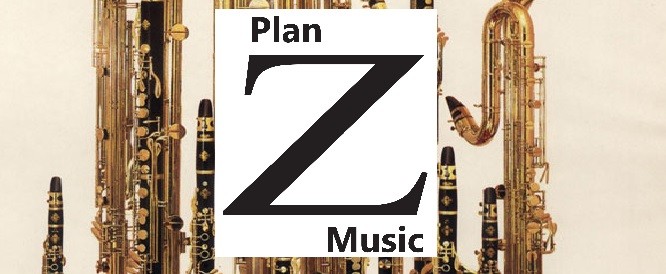The problem with clarinet scales is that the arrangement of keywork on wind instruments is chaotic: some keys are pressed to open holes, other are pressed to close holes. And the clarinet is particularly problematic because a large range is available within a relatively short instrument and fingerings are very different from one octave to the next.
Compare this to other instruments such as the piano or stringed instruments. I am not, for a moment, pretending they are easy, but, at least, they are set out in a regular form. You only have to look at them to see how they make sense.
To understand why this cannot be the case for wind instruments, you need a brief history lesson. The most primitive woodwind instruments followed the basic design of the recorder. This is a very limited instrument because it has no keywork: there are only as many holes as the player has available fingers. A scale of C major is fairly straightforward, but problems arise when the in-between notes, the sharps and flats to play in other keys are required. Recorder players get round this in ingenious ways such as half-covering holes or flattening a note by closing holes lower down the instrument – something that works after a fashion for the recorder, but cannot be applied on larger-bore modern wind instruments. This use of compromise fingerings leads to significant unevenness of tone, with notes of different strengths and timbres, as well as suspect intonation. A much better solution is to drill more holes in the instrument, but, if you do this, you need more fingers. The answer was to add keys – prosthetic fingers, if you like – to bring the opening and closing of these extra holes within the player’s reach.
Keywork on woodwind instruments has developed piecemeal over several centuries, accelerating as the demands of music increased, particularly when the orchestra grew in the Romantic Period and composers pursued more adventurous harmonies and dissonances. Modern instruments need to be made to work in all the keys. Fingering in keys such as C major or F major is relatively straightforward, but venturing into remote keys such as F-sharp major or D-flat major requires complex use of extra keywork and, while this works much more effectively than using recorder techniques, the simple logic of fingering patterns starts to break down.
There is no easy way to learn scales and arpeggios. They have to be conditioned in through persistent repetition over a long period of time. Building an instinctive grasp of all the keys can take years. And that’s where Learn Your Scales and Arpeggios, our course of lessons for download comes in. There is really no substitute for Plan Z.
Plan Z Music
Educational Music Publisher
